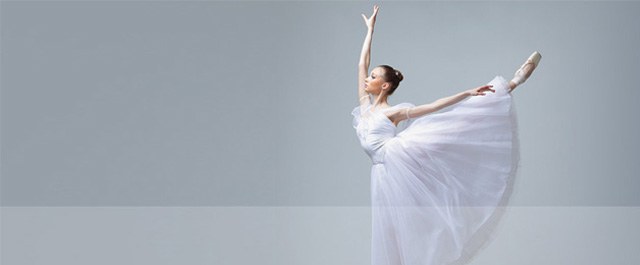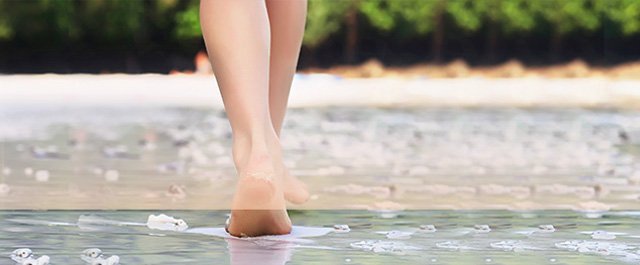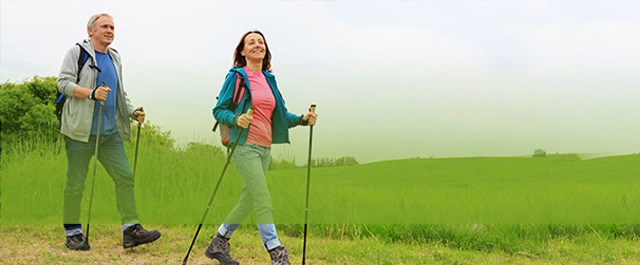Problems Associated With High Heels
Introduction
50-60% of women tend to wear high heels for a variety of reasons. Most studies show that they feel increased self worth, more assertive and on the whole they feel it has a positive effect on work environment, raising their chances of promotion. It is part of power dressing. Two thirds of women also feel more sexy and glamorous. On the other hand 47% of women said they are distracted from their focus on work due to various discomforts associated with high heels.
Normal ageing:
The normal progression is that the foot tends to become wider and longer associated with increased flattening of the foot and stiffness of the foot joints. The natural padding under the heel and ball of foot becomes thinned as well. The result is the foot is less adaptive and cushioned to variations in ground surface encountered on day-to-day walking. There is evidence that a high heel, i.e. 2 inches or more, has a significant impact on and altering the alignment and mechanics from the spine to the toes. The foot itself starts to slide forward in the shoe, there is redistribution of the weight leading to unnatural pressure points. On the whole broader heels give a more stable feel but the problems associated with its height remain the same. The problems can be divided into injuries, short term, medium term and long term, depending on the amount of time heels are worn consistently.
Injuries:
There has been a documented increased incidence of accident and emergency department attendances with regard to foot and ankle bone/ligament injuries, since widespread use of the stiletto heel.
Short term:
Skin problems such as corns and callosities, as a result of friction and new pressure points away from normal areas. Toenail problems due to pressure related nail bed injuries causing in-growing toenails, nail bed infections (paronychia) and/or fungal nail infections depending on the environment.
Medium term:
“Pump bumps” or painful swelling around the Achilles area can occur as a result of strap irritation. Morton’s Neuroma are more frequent, which are painful swelling on nerves in-between the metatarsal bones in the ball of the foot creating discomfort on walking, often with numbness in-between the toes with associated shooting pains possibly into the toes or back towards the ankle. Excessive pressure on joints and ligaments can cause inflammation hence pain. There is a risk of stress fractures of metatarsal or other bones.
Long term:
Overuse of high heels can lead to more permanent change in joint and muscle groups. Various muscle groups such as the heel cord (Achilles tendon), the thigh hamstring muscles and groin hip flexors and external rotators become contracted and shortened. This can contribute to causing muscle cramps, pain at various tendon points around the heel, the side of hips and the front of the knees.
The abnormal posturing of the lower back, pelvis, hip, knee, ankle and foot joints heels create, causes increased joint reaction forces (pressure on cartilage). In turn this can increase any underlying weakness of developing osteoarthritis.
In the foot, joint deformation such as bunions (big toe joint prominence) and bunionettes (little toe joint prominence) can be worsened or made painful. There is still disagreement whether high heels and pointed shoes causing bunions and bunionettes however there is agreement that they aggravate, or exacerbate any underlying tendency to developing them. Other joint problems include hammer and mallet toes, which are permanently bent lesser toes lead to abnormal pressures causing further corns and nail trauma.
Association of high heels and knee osteoarthritis:There have been two studies one in 1998 at Harvard and one published in 2001 in the Lancet both confirming the link with high heels and knee osteoarthritis. The risk is similar between the wide and narrow heel widths. Osteoarthritis can be due several reasons. There is usually a genetic weakness in repairing cartilage damage. Cartilage is nourished by circulating joint fluid and this can be restricted with increased joint reaction force. There is also more focal stress on the cartilage surface, resulting in reduced absorption of fluid and hence their nourishment. An acute injury or fracture causing cartilage damage can also lead to development of arthritis.
Advice on footwear:
Shopping advice:
- It is recommended to buy up to 1½ inch high, wide heel base shoe.
- Check shoe sizes regularly as the foot size changes with age.
- You should to try both shoes on and walk around.
- They should be immediately comfortable and you should not wait for the bedding in period for the shoe to give.
- You should try shopping in the afternoon or evening when the feet are slightly more swollen.
- The shoe should be made of flexible materials and try to avoid seams across the toe box.
General foot use and care:
- It is best to try and avoid daily use and use them mainly for special occasions.
- When using high heels do not rush, take slower, smaller steps. It is best to put the heel down first and glide.
- For commuting purposes athletic or walking shoes should be used and then change into heels at work or social occasions.
- It is advisable to alternate shoes frequently and also alternate between a lower and higher heel.
- It is best to avoid sudden changes from long term use of a high heel down to flat shoes as this can bring on ligament and joint pains due to the sudden change of alignment and pressure points.
- Extra attention should also be given to the foot in terms of regular foot baths and massaging with moisturizer.
In summary, excessive use of high heels can lead to low back complaints, hip and knee pains with possible onset of knee, foot and ankle arthritis, skin and nail problems as well as chronic tightening of important muscle groups. They are also associated with higher incidence of injury due to the instability and falls.

 Menu
Menu



